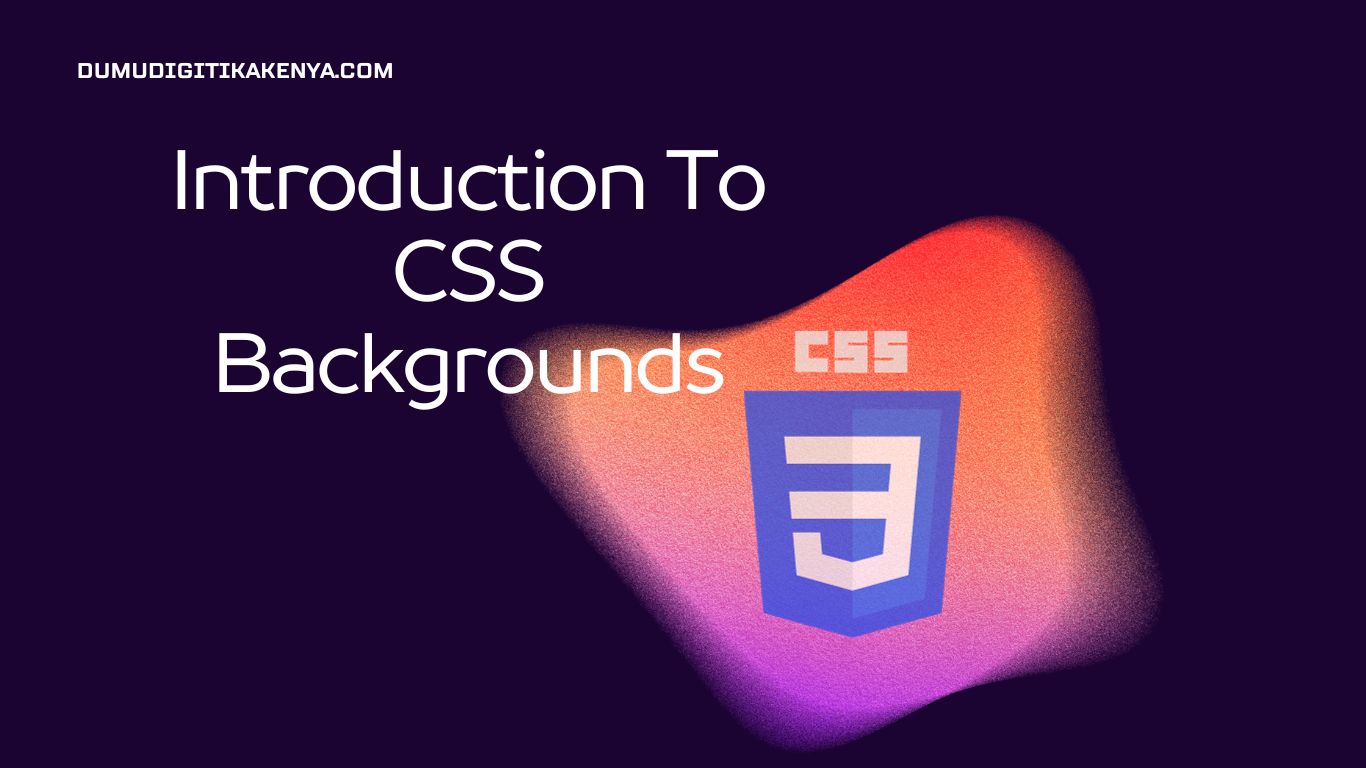Introduction To CSS Backgrounds
Welcome to our comprehensive guide on CSS Backgrounds, where we’ll delve deep into the art of styling web elements with precision and creativity. CSS Backgrounds play a pivotal role in web design, allowing developers to breathe life into their websites and captivate audiences with visually appealing backgrounds. In this article, we’ll demystify the intricacies of CSS Backgrounds, covering essential concepts and techniques that will empower you to wield this powerful tool effectively. Whether you’re a seasoned web developer looking to enhance your design skills or a beginner eager to embark on your web design journey, this article is your gateway to mastering the art of CSS Backgrounds.
CSS Backgrounds are the canvas on which your web content shines. They provide the backdrop against which text, images, and other elements are displayed, influencing the overall look and feel of your website. When leveraged strategically, CSS Backgrounds can create stunning visual experiences, convey information, and establish a strong brand identity. Understanding how to manipulate backgrounds can make the difference between a bland webpage and a captivating digital masterpiece.
Throughout this article, we’ll unravel the core principles of CSS Backgrounds step by step. You’ll discover how to set background colors that harmonize with your content, seamlessly integrate background images, position them precisely, and even create captivating gradients and transparency effects. By the end of this journey, you’ll possess the knowledge and skills to transform ordinary web elements into eye-catching visuals using the magic of CSS Backgrounds. Whether you’re designing a personal blog, an e-commerce site, or a corporate platform, this guide will equip you to make a lasting impression with your web design prowess. So, let’s dive into the world of CSS Backgrounds and unleash your creativity.

Table of Contents
Prerequisites:
Before we begin, make sure you have a basic understanding of HTML and CSS. If you’re new to these technologies, consider learning the basics of HTML and CSS first.
Step 1: Understanding the Background Property
The background property is a versatile tool in CSS for defining background styles for HTML elements. It allows you to set various background-related properties like color, image, position, and more.
Here’s a sample code snippet to set the background color of an element:
/* CSS */
.background-color {
background-color: #3498db;
}Output: The element with the class .background-color will have a background color of #3498db.
Step 2: Using Background Images
CSS allows you to set background images for elements. This is a powerful way to add visual appeal to your website. Let’s see how to set a background image:
/* CSS */
.background-image {
background-image: url('your-image.jpg');
background-size: cover; /* Adjust as needed */
}Output: The element with the class .background-image will have the specified image as its background.
Step 3: Background Image Positioning
You can control the position of a background image using the background-position property. This property takes two values, one for horizontal and one for vertical positioning.
/* CSS */
.background-position {
background-image: url('your-image.jpg');
background-position: center top; /* Adjust as needed */
background-repeat: no-repeat;
}Output: The background image will be centered horizontally and aligned to the top of the element.
Step 4: Background Shorthand Property
The background property allows you to set multiple background-related properties in a single declaration. This can make your code cleaner and more efficient.
/* CSS */
.background-shorthand {
background: #3498db url('your-image.jpg') center top no-repeat;
}Output: The .background-shorthand element will have a blue background color and the specified image positioned as described.
Step 5: Background Gradient
CSS also supports gradient backgrounds. You can create smooth transitions between colors using the linear-gradient or radial-gradient function.
/* CSS */
.background-gradient {
background: linear-gradient(to bottom, #3498db, #ffffff);
}Output: The element with the class .background-gradient will have a gradient background transitioning from blue to white from top to bottom.
Step 6: Adding Transparency
You can make backgrounds semi-transparent using the rgba color notation. This is particularly useful for creating overlays on background images.
/* CSS */
.background-opacity {
background: rgba(52, 152, 219, 0.5); /* Adjust color and opacity */
}Output: The .background-opacity element will have a semi-transparent blue background.
Conclusion
In conclusion, mastering the intricacies of CSS Backgrounds is a crucial milestone on the journey to becoming a proficient web developer and designer. We’ve explored the vast landscape of CSS Background properties, from setting background colors that harmonize with your content to incorporating stunning images and even creating captivating gradients. These techniques not only enhance the aesthetic appeal of your web pages but also contribute to the overall user experience.
Remember, the art of CSS Backgrounds is not just about making websites look good; it’s about conveying information, setting the mood, and creating a visual identity for your digital presence. By harnessing the power of CSS Backgrounds, you have the tools to leave a lasting impact on your visitors, making your websites more engaging and memorable.
So, whether you’re embarking on your web design journey or seeking to elevate your existing skills, never underestimate the importance of CSS Backgrounds. Embrace the creative possibilities they offer, experiment with different styles, and keep honing your craft. With each project, you’ll refine your skills and develop a keen eye for using CSS Backgrounds to bring your web designs to life. Thank you for joining us on this educational journey into the world of CSS Backgrounds, and may your future web projects shine brightly with the knowledge you’ve gained.




